The Power of Trustworthiness: Demystifying the Trust Equation
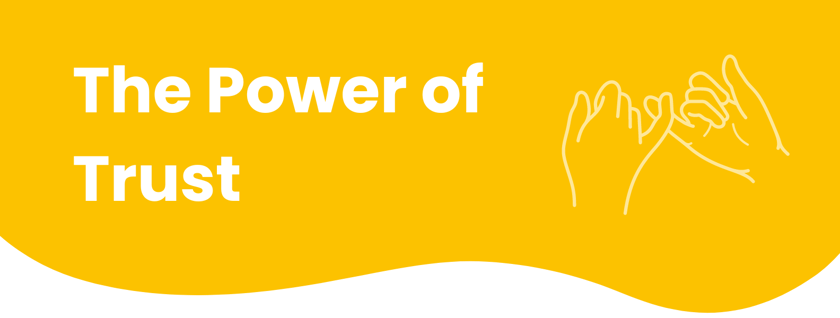
In our complex and interconnected world, trust is an important foundation for both personal and professional relationships. Tom McCrary of Chief Outsiders is here to help us understand the trust equation and its key components.
As a student of trust and trustworthiness, I have learned a lot from the work of Charles Green at Trusted Advisor Associates. This article is an attempt to synthesize my 40+ years of experience in a wide variety of organizations with the core principles of trust and trustworthiness. As a starting point, spending a few minutes to take the Trust Quotient Assessment will provide some insight into how we show up and what you might want to focus on to improve trustworthiness.
Let’s dive into the specifics of the trust equation, its implications and how it might apply to each of us as individuals and be leveraged to the benefit of our organizations. In our increasingly complex and interconnected world, trust has become the essential bedrock of successful personal and professional relationships. Whether we're working with our teams, entering into a business partnership or just approaching our day-to-day work, our decisions often hinge on one fundamental question: Can this person be trusted?
As introduced in the book The Trusted Advisor by David Maister, Charles H. Green and Robert M. Galford, the Trust Equation sheds light on the key components of trustworthiness. The equation is simple yet profound: Credibility plus Reliability plus Emotional Safety (Intimacy)* divided by Self-Orientation = Trustworthiness.
.png?width=669&height=293&name=The%20Trust%20Equation%20(Tom%20McCrarys%20blog).png)
The Trust Equation Elements
Credibility: The Foundation of Trust
Credibility refers to the confidence others have in our expertise, skills, and knowledge. It's built through demonstrating our competence, sharing relevant credentials, and providing evidence of our track record. Without credibility, trust is difficult to establish as people are less likely to rely on those they perceive as unqualified or inexperienced. This is probably the most tangible, along with reliability, of the elements needed to build trustworthiness.
Reliability: Promises and Commitments Kept
Reliability is about consistently following through on our commitments and meeting expectations. It involves being dependable, keeping our word, and delivering on promises. When we demonstrate reliability, others can count on us, fostering a sense of trust and confidence in our abilities. In essence, we do what we said we were going to do.
Emotional Safety: The Most Influential Factor
While credibility and reliability are essential, emotional safety is often the most influential factor in building trust. This doesn't imply a deep personal relationship; rather, emotional safety creates a sense of familiarity, security, and understanding. It involves active listening, empathy, and a genuine interest in the other person's needs and concerns. By building emotional safety, we create a connection that facilitates trust. It often means that we need to be vulnerable first to create a safe space for others to open up.
Self-Orientation: The Trust Eroder
Self-orientation refers to the extent to which we prioritize our own interests over those of others. The more self-oriented we are, the less trustworthy we'll appear. To build trust, we must demonstrate a genuine concern for the well-being of others and a willingness to put their interests ahead of our own. This speaks directly to how we show up in our interactions. Who we are being in the present moment speaks much more loudly than what we say in that moment.
The Trust Temperaments
The Trusted Advisor Associates’ research based on the Trust Quotient Assessment has identified six distinct "Trust Temperaments," each with its own unique combination of strengths and weaknesses in the Trust Equation variables (substitute Emotional Safety for Intimacy).
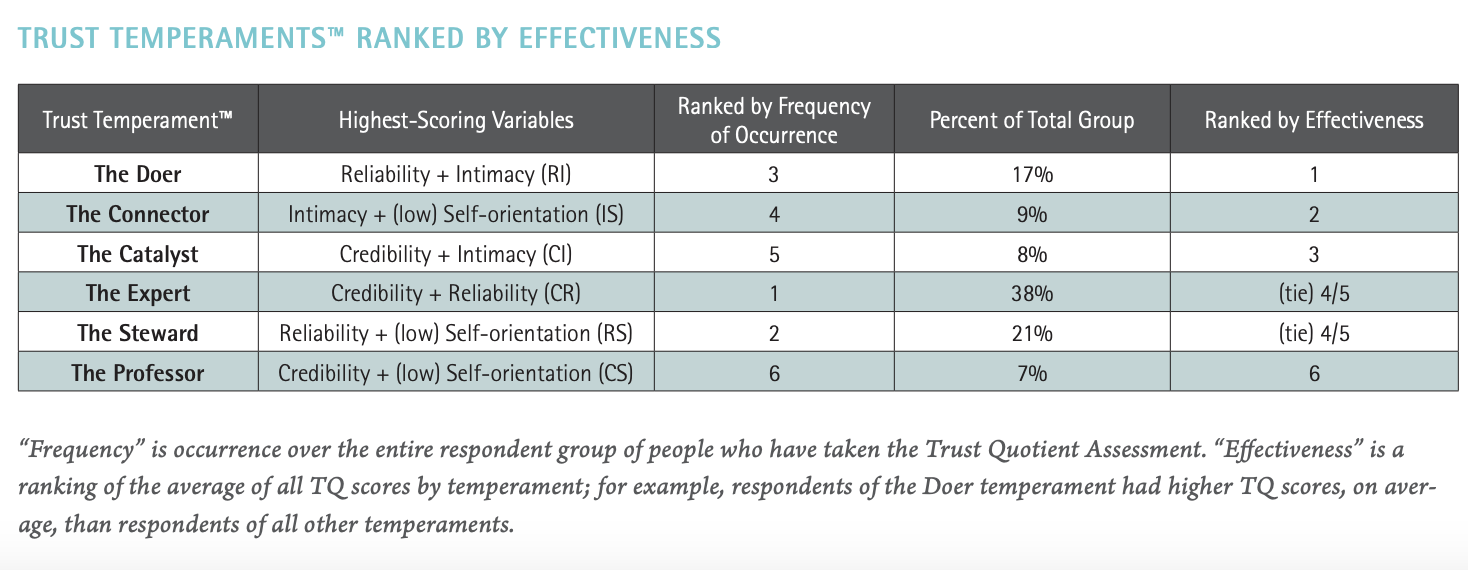
Source: TrustedAdvisor.com
- The Doer (Reliability + Intimacy): Ranked as the most effective temperament, The Doer excels at following through on commitments while fostering a sense of understanding and connection.
- The Connector (Intimacy + low Self-Orientation): The second most effective temperament, The Connector prioritizes building relationships and putting others' needs first, making them highly trustworthy.
- The Catalyst (Credibility + Intimacy): By combining expertise with emotional intelligence, The Catalyst forges deep, trusting bonds while demonstrating competence.
- The Expert (Credibility + Reliability): While The Expert is the most common temperament, relying solely on credentials and dependability can limit their ability to build profound trust.
- The Steward (Reliability + low Self-Orientation): Trustworthy and selfless, The Steward excels at following through on commitments while minimizing self-interest.
- The Professor (Credibility + low Self-Orientation): While knowledgeable and focused on others, The Professor's lack of emotional connection can hinder trust-building efforts.
Balancing the Equation
The data suggests that the most effective trust-builders strike a balance across the key variables of credibility, reliability, emotional safety, and low self-orientation. While expertise and credentials are important, they alone are insufficient for creating deep, lasting trust. Cultivating emotional safety through understanding others' perspectives and prioritizing their needs is crucial.
Trust and Gender: Perceptions Matter
Interestingly, the research also revealed that perceptions of trustworthiness may vary by gender, with women generally perceived as slightly more trustworthy than men.
The Age Factor: Trust Improves with Time
Another intriguing finding is that self-assessed trustworthiness tends to increase with age, peaking between the ages of 20 and 80. As individuals gain more life experience and credibility over time, they believe their overall trustworthiness appears to grow.
Building Trust: A Continuous Journey
Becoming truly trustworthy is a continuous process that requires self-awareness, humility, and a commitment to personal growth. It involves being transparent, admitting mistakes, and actively seeking feedback. Additionally, trust is built over time through repeated positive experiences and interactions.
In today's world, where trust is often in short supply, cultivating trustworthiness can be a powerful differentiator. By embracing the principles of the Trust Equation and striving for balance across its key variables, we can build stronger relationships, foster collaboration, and create an environment where trust thrives.
Trust is not something that can be demanded or forced. It must be earned through consistent and authentic behavior. By focusing on consistently developing credibility, reliability, emotional safety, while minimizing self-orientation, we can increase our trustworthiness and unlock the transformative power of trust in both our personal and professional endeavors.
Building Trustworthiness in Organizations
Many of the organizations that I have worked with have been engaged in transformational change. Developing trustworthiness is one of the keys to their success. Discussions and training about how to develop trustworthiness utilizing the Trust Equation have been one component of their leadership retreats. This is often done with their teams in conjunction with other professional development areas such as emotional intelligence, change management, and work styles. Through this training, individuals gain an understanding of the steps each of them can take, resulting in more effective interactions and communications.
The Trust Equation and the Trust Quotient Assessment have also been a part of my Chief Outsiders focus on helping our CMOs/Consultants develop effective relationships with client organizations and their respective leadership teams. It is a regular topic in our monthly Client Engagement Workshops when addressing specific challenges and opportunities we face with clients. This “trust” focus deepens our collective ability to understand, empathize, and successfully help clients achieve their goals and objectives.
*In hopes of making the concepts more accessible to a broader audience, I am substituting “Emotional Safety” for “Intimacy”, an updated term in consideration of the societal issues around sexual harassment and abuse. As defined by Psychology Today, “Emotional safety is the visceral feeling of being accepted and embraced for who you truly are and what you feel and need.” The Trusted Advisor was first published in 2001 and republished in 2021. The Trust Equation and The Trust Quotient Assessment are exceptional tools to understand and grasp trust and how to become more trustworthy.


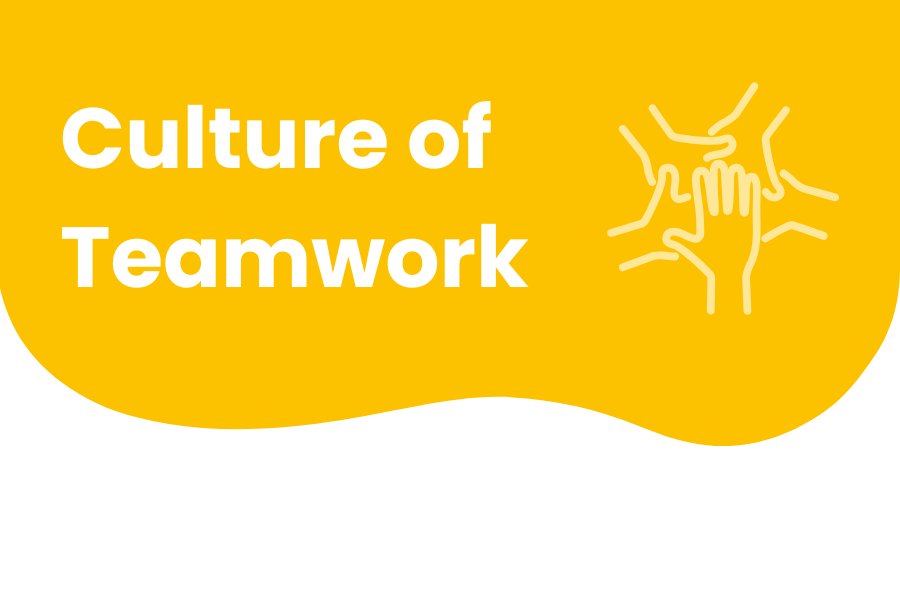
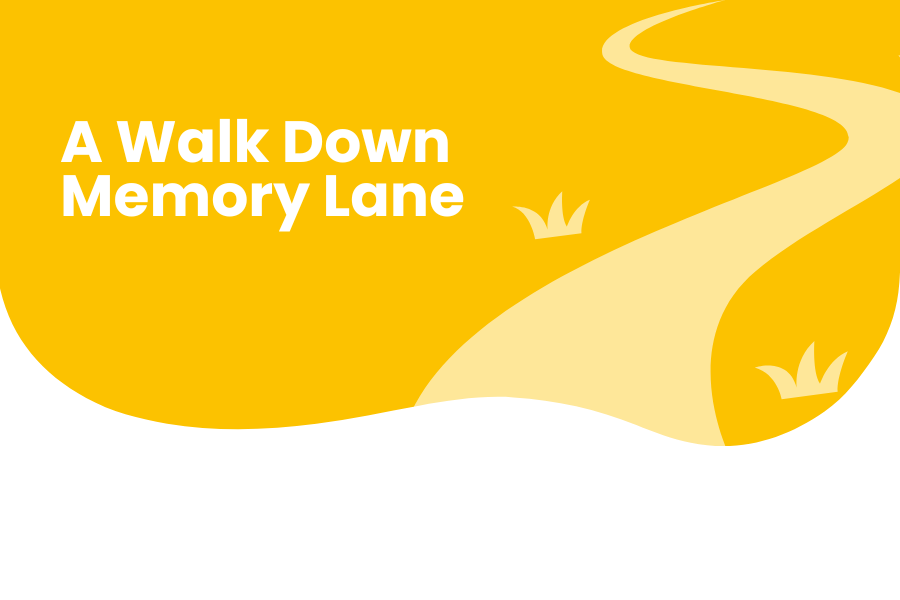
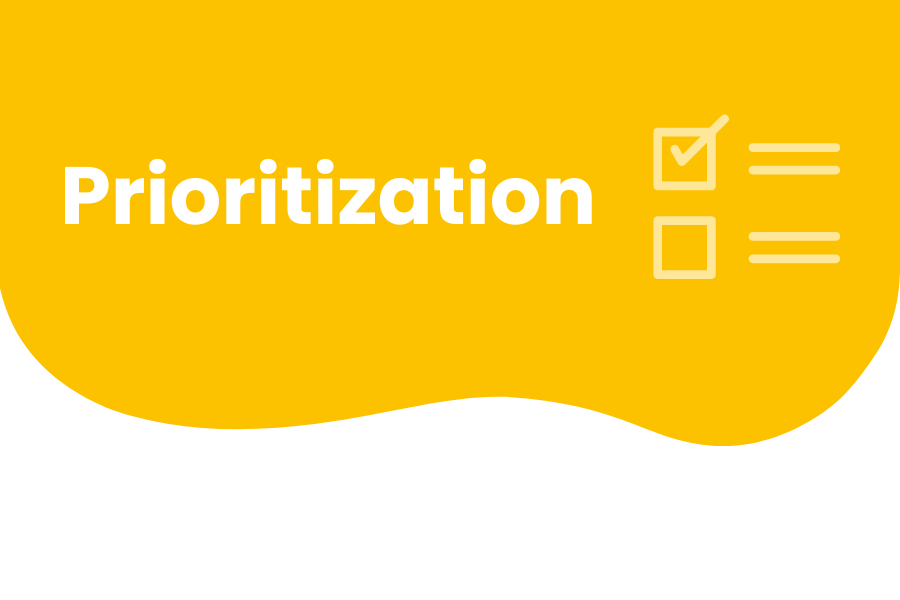
Submit Your Comment